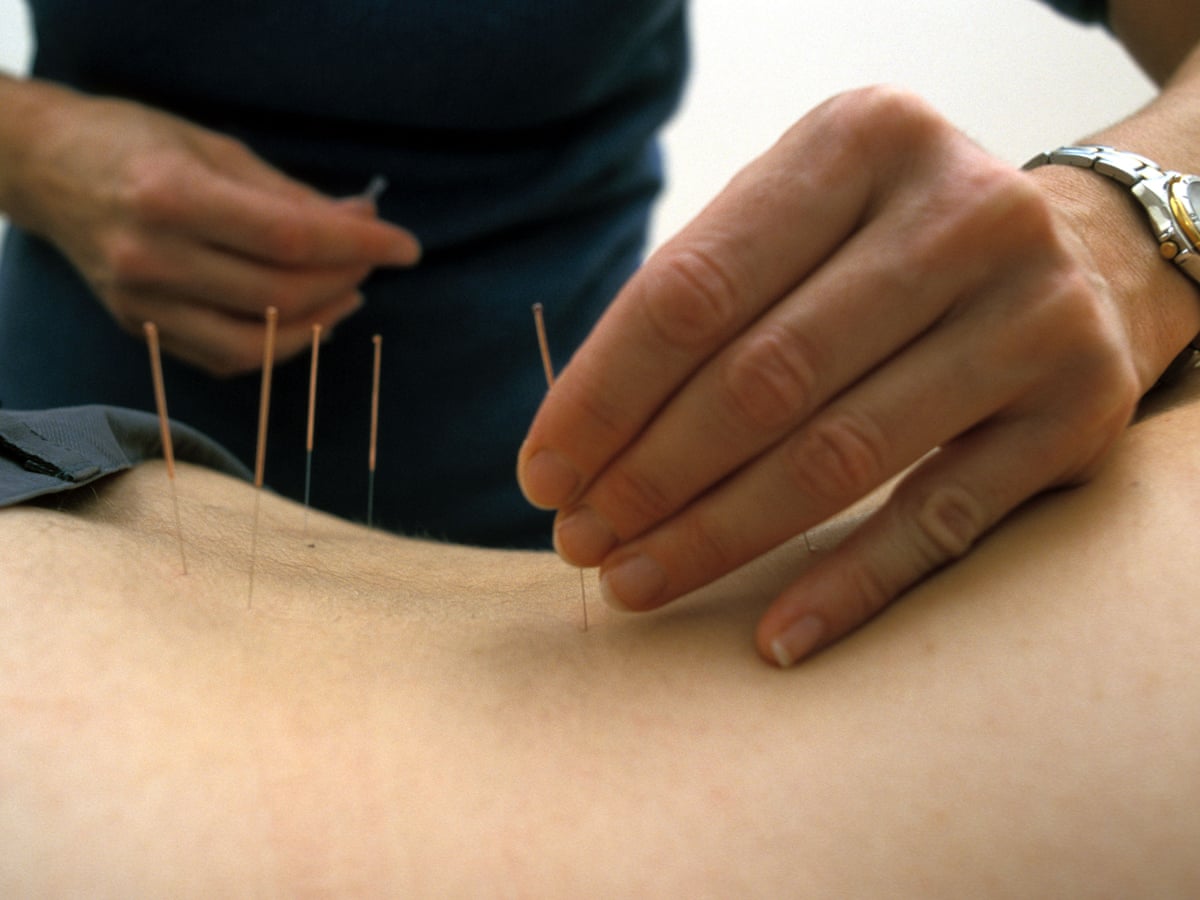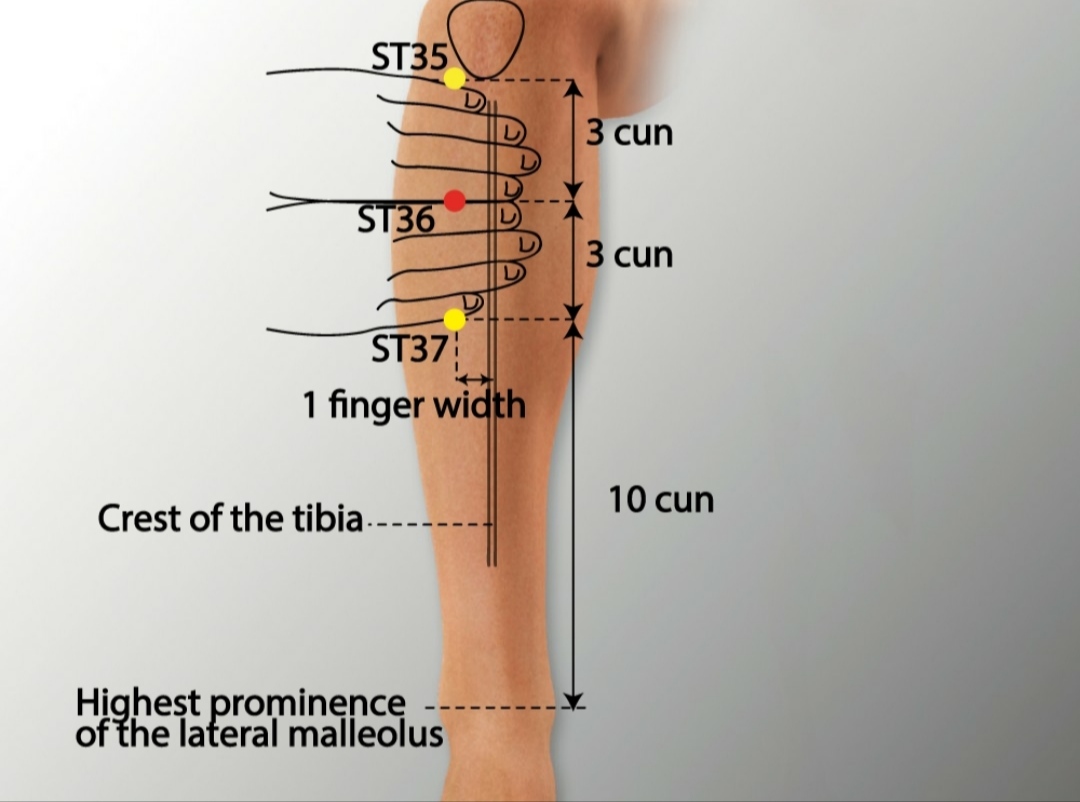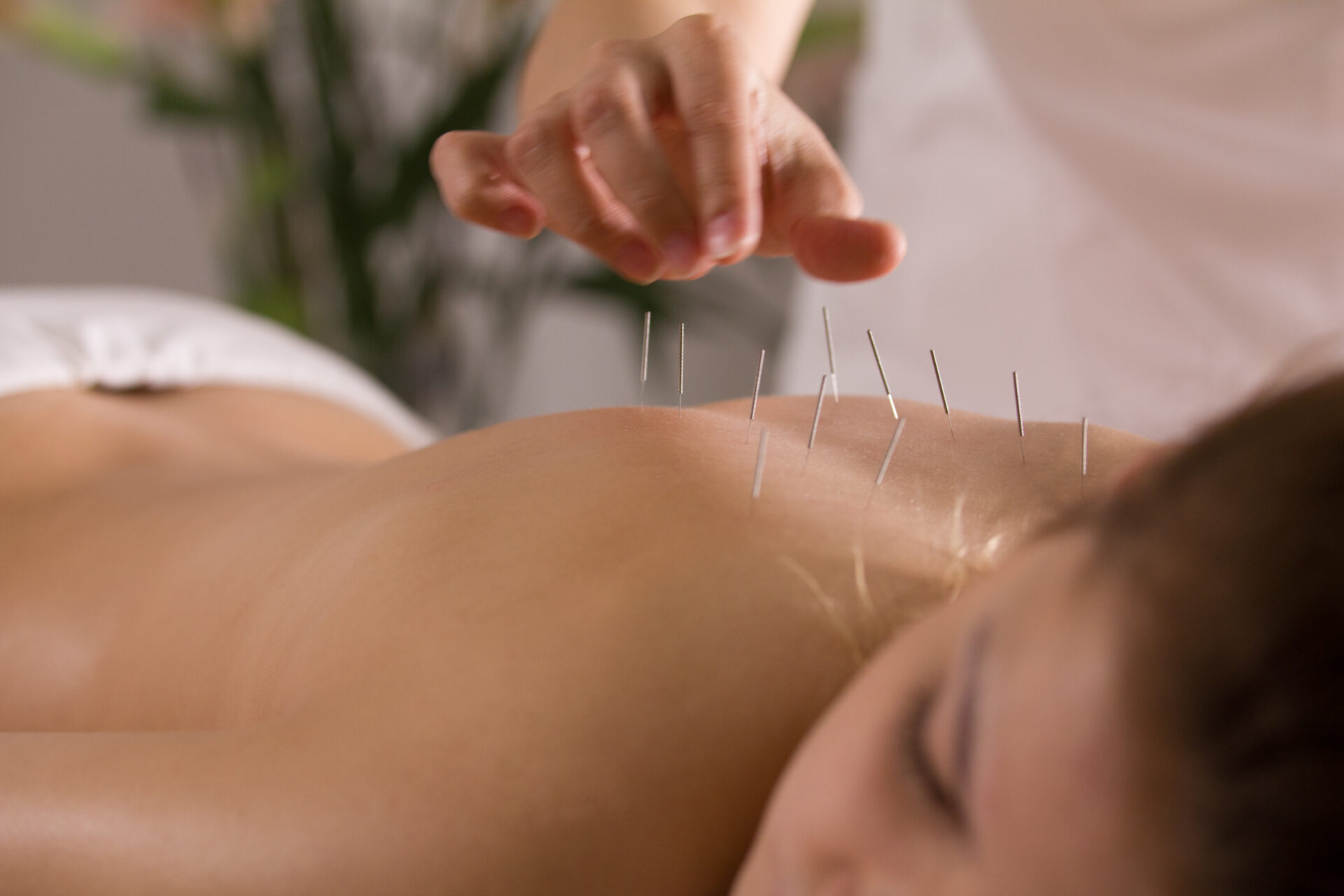Understanding Slipped Disc and Acupuncture Treatment in Tokyo
A slipped disc, also known as a herniated disc or disc prolapse, is a common spinal condition that can cause significant pain and discomfort. It occurs when the soft, gel-like center of an intervertebral disc pushes through a tear in its tough outer layer, potentially irritating nearby nerves. This condition can affect any part of the spine, but it is most common in the lower back (lumbar spine) and neck (cervical spine). Understanding the causes, symptoms, and treatment options for a slipped disc is crucial for those seeking relief, and acupuncture has emerged as a promising complementary therapy for managing this condition.
This comprehensive guide explores the nature of slipped discs, how acupuncture can help alleviate symptoms, and the key acupoints used in treatment. With a focus on providing clear, actionable information, this article aims to empower readers to make informed decisions about their health.
- What is a Slipped Disc?
- Anatomy of the Spine
- Causes of a Slipped Disc
- Symptoms of a Slipped Disc
- Conventional Treatments for Slipped Disc
- What is Acupuncture?
- How Acupuncture Can Treat a Slipped Disc
- Key Acupoints for Slipped Disc Treatment
- What to Expect During Acupuncture Treatment
- Scientific Evidence Supporting Acupuncture for Slipped Disc
- Benefits of Acupuncture Compared to Other Treatments
- Lifestyle Tips to Support Acupuncture Treatment
- Choosing a Qualified Acupuncturist
- Conclusion
What is a Slipped Disc?
Anatomy of the Spine
The human spine consists of 33 vertebrae, separated by intervertebral discs that act as shock absorbers and allow flexibility. Each disc has two main components:
Maybe You Need:
- Annulus Fibrosus: The tough, fibrous outer layer that encases the disc.
- Nucleus Pulposus: The soft, jelly-like center that provides cushioning.
A slipped disc occurs when the nucleus pulposus bulges or ruptures through a weakened or torn annulus fibrosus, potentially compressing nearby nerves or the spinal cord.
Causes of a Slipped Disc
Several factors can contribute to the development of a slipped disc, including:
- Age-Related Degeneration: As we age, discs lose water content, becoming less flexible and more prone to tearing.
- Trauma or Injury: Sudden movements, heavy lifting, or accidents can cause disc herniation.
- Poor Posture: Prolonged sitting or improper body mechanics can strain the spine.
- Repetitive Strain: Activities involving repetitive bending or twisting can weaken discs over time.
- Genetics: A family history of spinal issues may increase susceptibility.
- Obesity: Excess weight places additional stress on the spine.
Symptoms of a Slipped Disc
Symptoms vary depending on the location and severity of the herniation. Common signs include:
- Localized Pain: Sharp or burning pain in the affected area (e.g., lower back or neck).
- Radiating Pain: Pain that travels along the nerve path, such as sciatica in the case of a lumbar herniated disc.
- Numbness or Tingling: Sensations in the arms, legs, or buttocks due to nerve compression.
- Muscle Weakness: Weakness in muscles served by the affected nerves.
- Loss of Mobility: Difficulty moving or performing daily activities.
In severe cases, a slipped disc can lead to complications like cauda equina syndrome, a medical emergency characterized by loss of bladder or bowel control, requiring immediate attention.

Conventional Treatments for Slipped Disc
Before exploring acupuncture, it’s important to understand the standard treatments for a slipped disc. These may include:
- Medications: Pain relievers (e.g., ibuprofen), muscle relaxants, or corticosteroids to reduce inflammation.
- Physical Therapy: Exercises to strengthen the core and improve spinal alignment.
- Epidural Injections: Steroid injections to reduce inflammation around the affected nerve.
- Surgery: Procedures like discectomy or laminectomy for severe cases unresponsive to conservative treatments.
While these treatments can be effective, they may not work for everyone, and some patients seek alternative therapies like acupuncture to complement or replace conventional approaches.
What is Acupuncture?
Acupuncture is a key component of Traditional Oriental Medicine (TOM) that involves inserting thin, sterile needles into specific points on the body, known as acupoints, to restore balance and promote healing. According to TOM principles, the body’s vital energy, flows through pathways called meridians. Disruptions in this flow can lead to pain and illness. Acupuncture aims to restore the balance of Energy , alleviate pain, and support the body’s natural healing processes.
Modern research suggests acupuncture may work by:
- Stimulating the release of endorphins, the body’s natural painkillers.
- Improving blood circulation to promote tissue repair.
- Reducing inflammation and muscle tension.
- Modulating the nervous system to alleviate pain signals.
How Acupuncture Can Treat a Slipped Disc
Acupuncture is increasingly recognized as a safe and effective complementary treatment for slipped discs. It addresses both the symptoms and underlying imbalances associated with the condition. Here’s how acupuncture can help:
- Pain Relief
Acupuncture is well-known for its analgesic effects. By stimulating specific acupoints, acupuncture can reduce the intensity of back pain, sciatica, and nerve-related discomfort caused by a slipped disc. Studies, such as those published in the Journal of Pain Research (2018), have shown that acupuncture can significantly reduce chronic back pain compared to sham acupuncture or no treatment.
- Reducing Inflammation
Inflammation around the herniated disc can exacerbate nerve compression and pain. Acupuncture may help by promoting the release of anti-inflammatory cytokines and improving local blood flow, which aids in reducing swelling and promoting healing.
- Muscle Relaxation
A slipped disc often causes muscle spasms and tension in the surrounding area. Acupuncture can relax tight muscles, improving mobility and reducing stiffness. This is particularly beneficial for patients with lumbar disc herniation experiencing sciatica.
- Improving Nerve Function
Nerve compression from a slipped disc can lead to numbness, tingling, or weakness. Acupuncture may enhance nerve conduction and reduce neuropathic symptoms by stimulating the nervous system and improving communication between the brain and affected areas.
- Holistic Approach
Unlike some conventional treatments that focus solely on symptom relief, acupuncture addresses the whole body. It aims to correct imbalances in Energy , improve overall energy flow, and enhance the body’s resilience to stress and injury.
- Minimizing Side Effects
Acupuncture is minimally invasive and has fewer side effects compared to medications or surgery. This makes it an attractive option for patients seeking non-pharmacological or non-surgical interventions.

Key Acupoints for Slipped Disc Treatment
In acupuncture, the selection of acupoints is tailored to the patient’s symptoms, the location of the slipped disc, and their overall health. Below are some of the key acupoints commonly used to treat slipped discs, particularly in the lumbar and cervical regions. These points are chosen based on their ability to relieve pain, reduce inflammation, and promote healing.
- Lumbar Region Acupoints (Lower Back Slipped Disc)
For lumbar disc herniation, which often causes lower back pain and sciatica, the following acupoints are frequently used:
- BL23 (Shenshu): Located on the lower back, this point strengthens the kidneys, supports the spine, and relieves lower back pain.
- BL40 (Weizhong): Found at the back of the knee, this point is effective for relieving sciatica and lower back stiffness.
- GB30 (Huantiao): Located near the hip joint, this point is crucial for treating sciatica and radiating leg pain.
- BL25 (Dachangshu): Positioned near the lumbar spine, this point alleviates lower back pain and promotes bowel function, which can be affected by nerve compression.
- GV3 (Yaoyangguan): Located on the midline of the lower back, this point strengthens the spine and relieves lumbar pain.

- Cervical Region Acupoints (Neck Slipped Disc)
For cervical disc herniation, which may cause neck pain, shoulder stiffness, or arm numbness, the following acupoints are commonly used:
- GB21 (Jianjing): Located at the top of the shoulder, this point relieves neck and shoulder tension.
- LI4 (Hegu): Found between the thumb and index finger, this point is a powerful pain reliever and is used for neck and upper body discomfort.
- SI3 (Houxi): Located on the side of the hand, this point is effective for neck stiffness and radiating pain.
- GV14 (Dazhui): Positioned below the C7 vertebra, this point treats neck pain and stiffness.
- BL10 (Tianzhu): Found at the base of the skull, this point alleviates neck pain and headaches associated with cervical disc issues.

- Distal Acupoints
Distal acupoints, located away from the affected area, are often used to enhance the overall effect of treatment:
- ST36 (Zusanli): Located below the knee, this point boosts overall energy, reduces inflammation, and supports healing.
- LI11 (Quchi): Found at the elbow, this point reduces inflammation and relieves pain throughout the body.
- SP6 (Sanyinjiao): Located above the ankle, this point harmonizes the body’s energy and supports nerve health.

- Electroacupuncture
In some cases, practitioners may use electroacupuncture, where a mild electrical current is passed through the needles to enhance stimulation. This technique is particularly effective for chronic pain and muscle spasms associated with a slipped disc.
What to Expect During Acupuncture Treatment
Initial Consultation
Before starting acupuncture, a licensed acupuncturist will conduct a thorough assessment, including:
- A review of your medical history and symptoms.
- Physical examination to identify the location and severity of the slipped disc.
- TOM diagnostics, such as pulse and tongue analysis, to assess energy imbalances.
Treatment Sessions
- Duration: A typical session lasts 30–60 minutes.
- Frequency: Treatment may involve 1–2 sessions per week for several weeks, depending on the severity of the condition.
- Procedure: The practitioner inserts thin needles into selected acupoints. You may feel a slight tingling or warmth, but discomfort is minimal.
- Complementary Techniques: Some practitioners may incorporate cupping, moxibustion (heat therapy), or Tui Na (Oriental massage) to enhance results.
Safety and Side Effects
Acupuncture is generally safe when performed by a trained professional. Minor side effects, such as temporary soreness or bruising at needle sites, may occur but typically resolve quickly. Ensure your acupuncturist is licensed and follows strict hygiene protocols.
Scientific Evidence Supporting Acupuncture for Slipped Disc
Numerous studies support the efficacy of acupuncture for managing slipped disc symptoms:
- A 2015 meta-analysis in Evidence-Based Complementary and Alternative Medicine found that acupuncture was more effective than conventional treatments for reducing pain in lumbar disc herniation.
- A 2018 study in Pain Medicine reported that acupuncture combined with physical therapy improved functional outcomes in patients with cervical disc herniation.
- Research in The Journal of Alternative and Complementary Medicine (2020) highlighted acupuncture’s role in reducing inflammation and improving quality of life in patients with chronic back pain.
While more large-scale, high-quality studies are needed, existing evidence suggests acupuncture is a valuable adjunctive therapy for slipped disc management.

Benefits of Acupuncture Compared to Other Treatments
| Treatment | Benefits | Limitations |
| Acupuncture | Non-invasive, minimal side effects, holistic | May require multiple sessions, not a cure |
| Medications | Quick pain relief | Risk of side effects, dependency |
| Physical Therapy | Improves strength and mobility | Time-intensive, may not address pain |
| Surgery | Effective for severe cases | Invasive, long recovery, risks |
Acupuncture offers a balanced approach, providing pain relief and functional improvement with fewer risks than surgery or long-term medication use.
Lifestyle Tips to Support Acupuncture Treatment
To maximize the benefits of acupuncture for a slipped disc, consider incorporating the following lifestyle changes:
- Exercise Regularly: Engage in low-impact activities like swimming or yoga to strengthen the core and improve flexibility.
- Maintain Proper Posture: Use ergonomic furniture and practice good posture to reduce spinal strain.
- Manage Weight: Maintain a healthy weight to minimize stress on the spine.
- Apply Heat or Cold Therapy: Use heat to relax muscles or cold to reduce inflammation as needed.
- Follow a Balanced Diet: Consume anti-inflammatory foods like leafy greens, fatty fish, and nuts to support healing.
Choosing a Qualified Acupuncturist
When seeking acupuncture for a slipped disc, ensure you choose a qualified practitioner:
- Licensing: Verify that the acupuncturist is licensed by a recognized body, such as the National Certification Commission for Acupuncture and Oriental Medicine (NCCAOM).
- Experience: Look for practitioners with experience treating spinal conditions.
- Referrals: Ask for recommendations from healthcare providers or trusted sources.
- Consultation: Discuss your condition and treatment goals during the initial consultation to ensure a personalized approach.
:max_bytes(150000):strip_icc()/GettyImages-1933039407-467e12677d4b439b894b7fcb55acd4ba.jpg)
Conclusion
A slipped disc can significantly impact quality of life, but acupuncture offers a safe, effective, and holistic approach to managing symptoms. By targeting key acupoints, acupuncture can reduce pain, inflammation, and muscle tension while promoting overall well-being. When combined with lifestyle changes and conventional treatments, acupuncture can be a powerful tool for those seeking relief from a slipped disc.
If you’re considering acupuncture, consult our licensed practitioner to develop a tailored treatment plan. With its growing body of scientific support and minimal side effects, acupuncture is a promising option for addressing the challenges of a slipped disc and reclaiming a pain-free life.
Fuji Wellness:
- Address: 132-0031 Matsushima 1-chome, 21-14, Tokyo, Japan
- Chat with us: Click here
- Email: sunnyphamsensei@gmail.com



